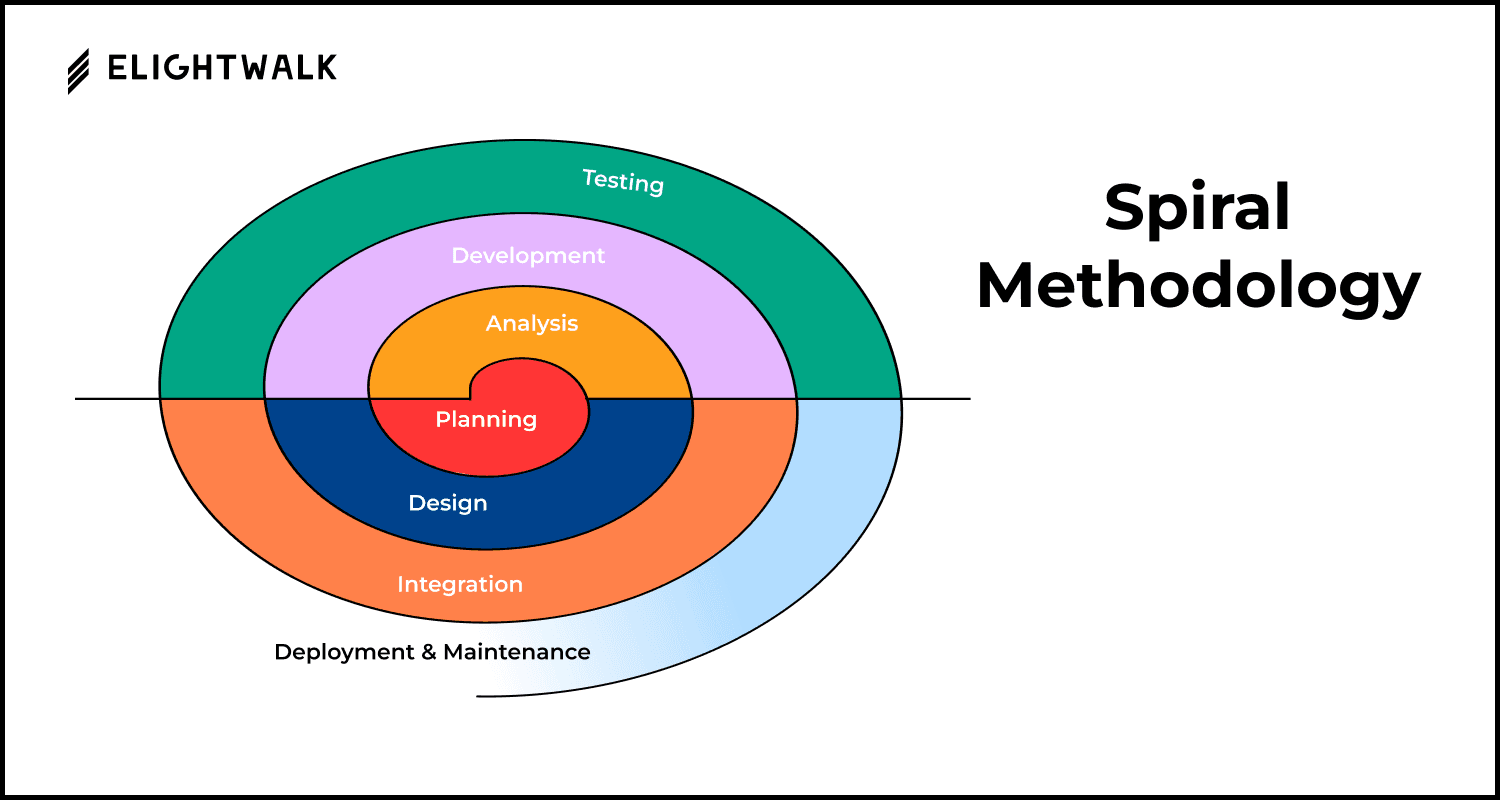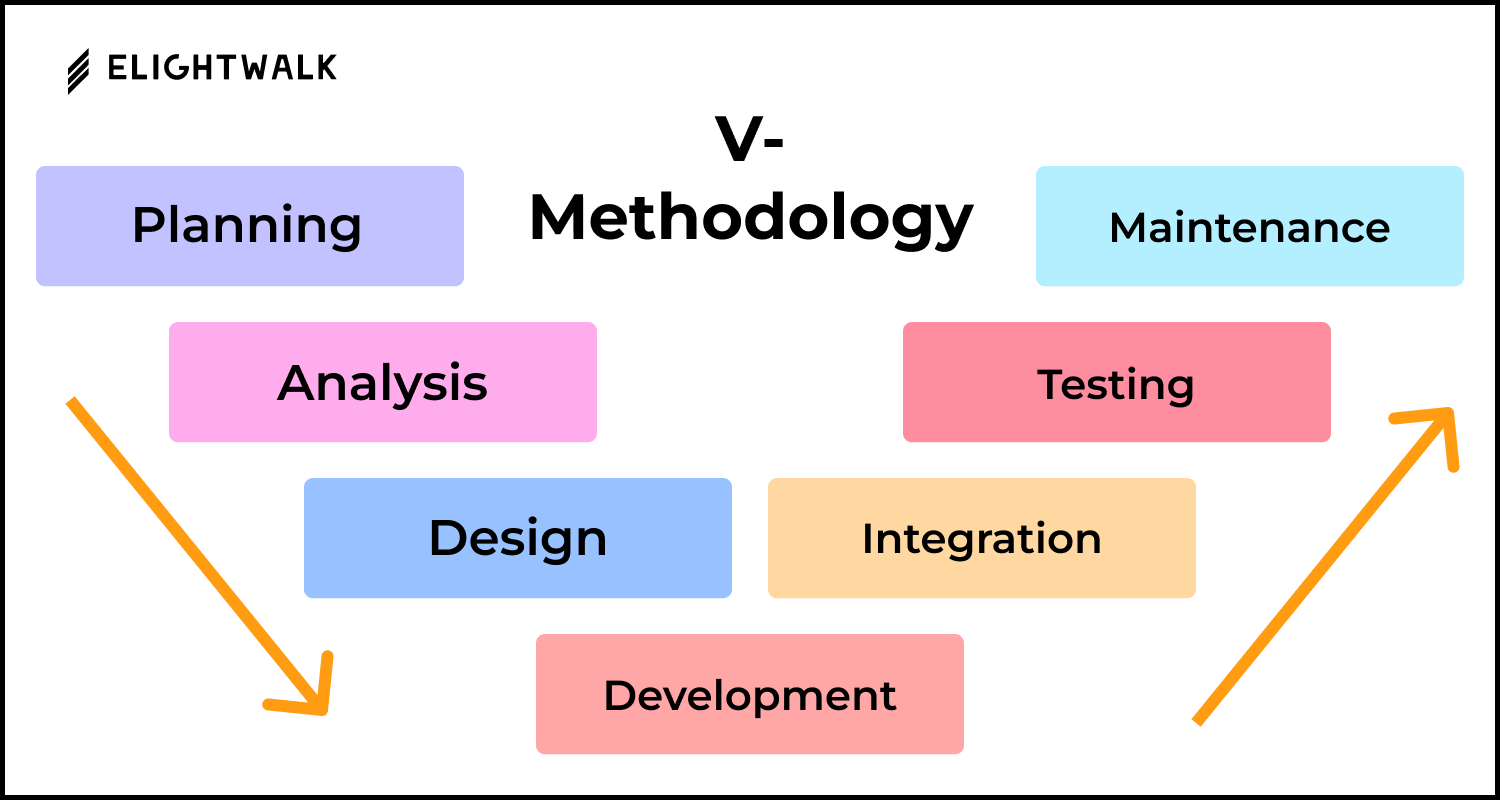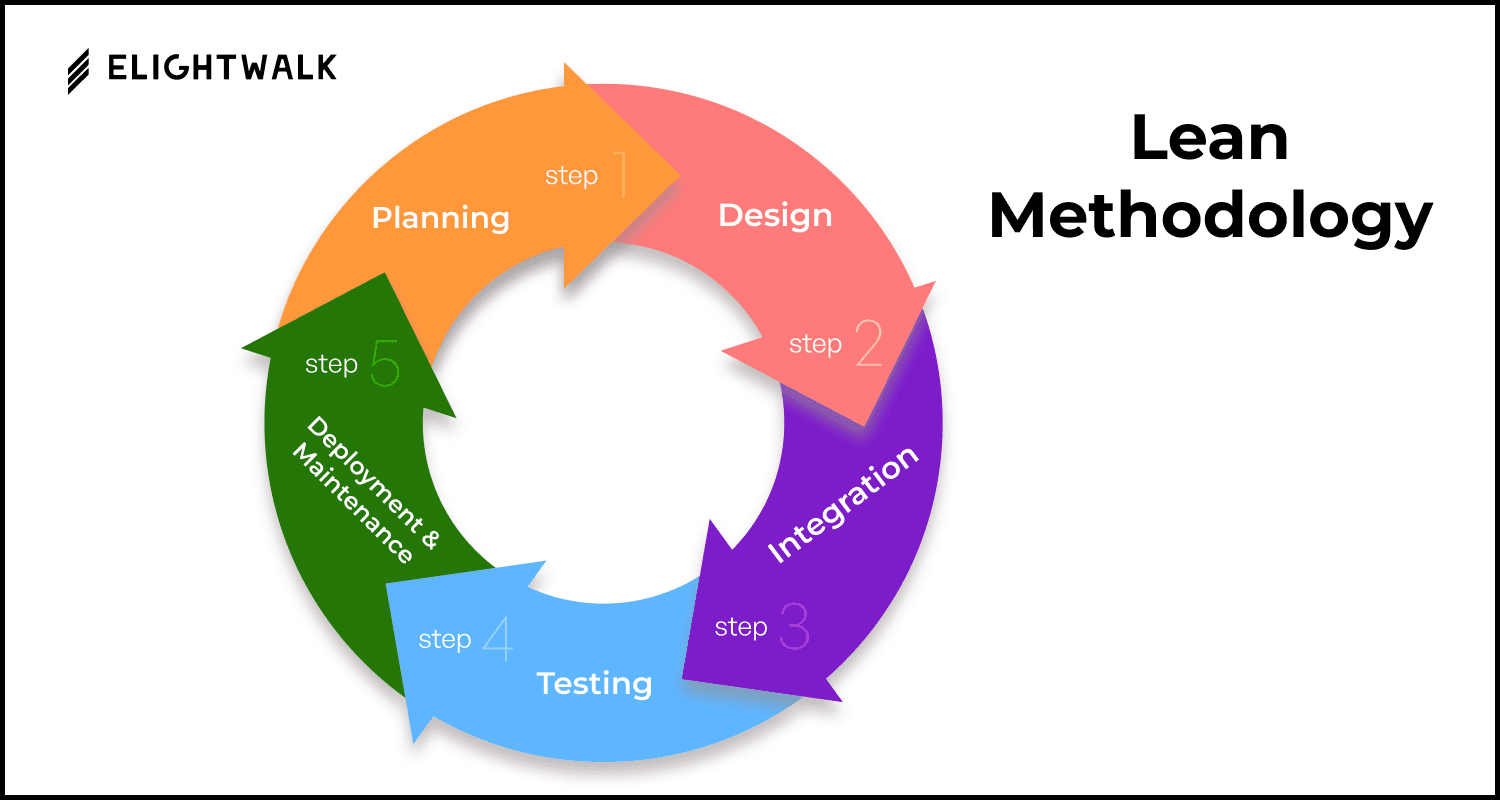The modern system development life cycle (SDLC) is organized into seven key stages, each playing a vital role in creating effective software. Here’s an overview:
- Planning
- Feasibility and Requirements Analysis
- Design and Prototyping
- Software Development
- Testing
- Implementation and Integration
- Operations and Maintenance
Now, let’s take a closer look at each of these stages.
Stage 1: Planning
The planning stage, sometimes called the feasibility stage, is where developers lay the foundation for the project. In this phase, they define the problem they aim to solve, assess any existing systems, and clarify the goals of the new system.
This stage is critical for identifying potential challenges early, ideally avoiding issues that could slow down development later. Planning also includes securing funding and resources, setting realistic objectives, and mapping out the project timeline.
The planning stage is often considered the most essential, as it sets the schedule for the entire project, a particularly important aspect when there’s a commercial deadline to meet.
Stage 2: Analysis
In the analysis stage, developers gather all the necessary details for the new system and start forming initial ideas for prototypes.
During this stage, developers may:
- Define specific requirements for the prototype system.
- Explore alternative solutions to existing prototypes.
- Conduct research and analysis to understand the needs and expectations of end-users.
A key output of this stage is the Software Requirements Specification (SRS) document, which outlines the system’s software, hardware, and network requirements. This detailed documentation helps ensure efficient resource allocation and minimizes the risk of overspending, especially when multiple development teams are working within the same organization.
Stage 3: Design
The design stage is a crucial step before developers begin the main development work. Here, the team creates a detailed blueprint for the application, covering elements such as:
- User interfaces
- System interfaces
- Network setup and requirements
- Databases
In this phase, developers transform the Software Requirements Specification (SRS) into a logical design structure that can later be translated into code. They also draft plans for operations, training, and maintenance, ensuring they have a clear roadmap for each stage of the development cycle.
Once the design is complete, development managers prepare a comprehensive design document, which serves as a key reference throughout the remaining phases of the SDLC.
Stage 4: Development
In the development stage, developers begin writing the actual code, building the application based on the design documents and specifications outlined in previous stages.
To ensure code quality and security, tools like Static Application Security Testing (SAST) are often used throughout this phase. Ideally, the planning and design work completed earlier helps make the coding process efficient and straightforward.
Developers rely on tools like compilers, debuggers, and interpreters while following the organization’s coding standards. They select appropriate programming languages, such as C++ or PHP, based on the project’s specific requirements and objectives.
Stage 5: Testing
After development, the software must go through rigorous testing to ensure it is free of bugs and offers a smooth experience for end users.
In this stage, developers carefully examine the software, identifying any bugs or issues that need to be tracked, fixed, and retested. The goal is to ensure the software meets the quality standards set out in the SRS document.
The length of the testing phase can vary widely. It depends on factors like the complexity of the software, the requirements for user experience, and the developers' expertise. For some projects, testing is brief, while for others, it’s a longer, more detailed process.
Stage 6: Implementation and Integration
Once testing is complete, the different components of the software are brought together in the implementation and integration stage. Here, developers integrate various modules or features into the main codebase, often using testing or staging environments to identify any remaining issues.
Next, the software is integrated into its intended environment and installed. After this step, the software is considered ready for release and can be provided to end users or customers, marking its transition from development to real-world application.
Stage 7: Maintenance
The SDLC doesn’t stop once the software is released; it enters the maintenance stage, where developers address any issues reported by users.
In this stage, developers manage updates and make necessary adjustments to keep the software functioning smoothly. This may include fixing residual bugs that couldn’t be resolved before launch or addressing new issues identified by end users.
The length and intensity of maintenance can vary significantly. Larger, more complex systems often require ongoing support, while smaller systems may have a shorter maintenance phase.










